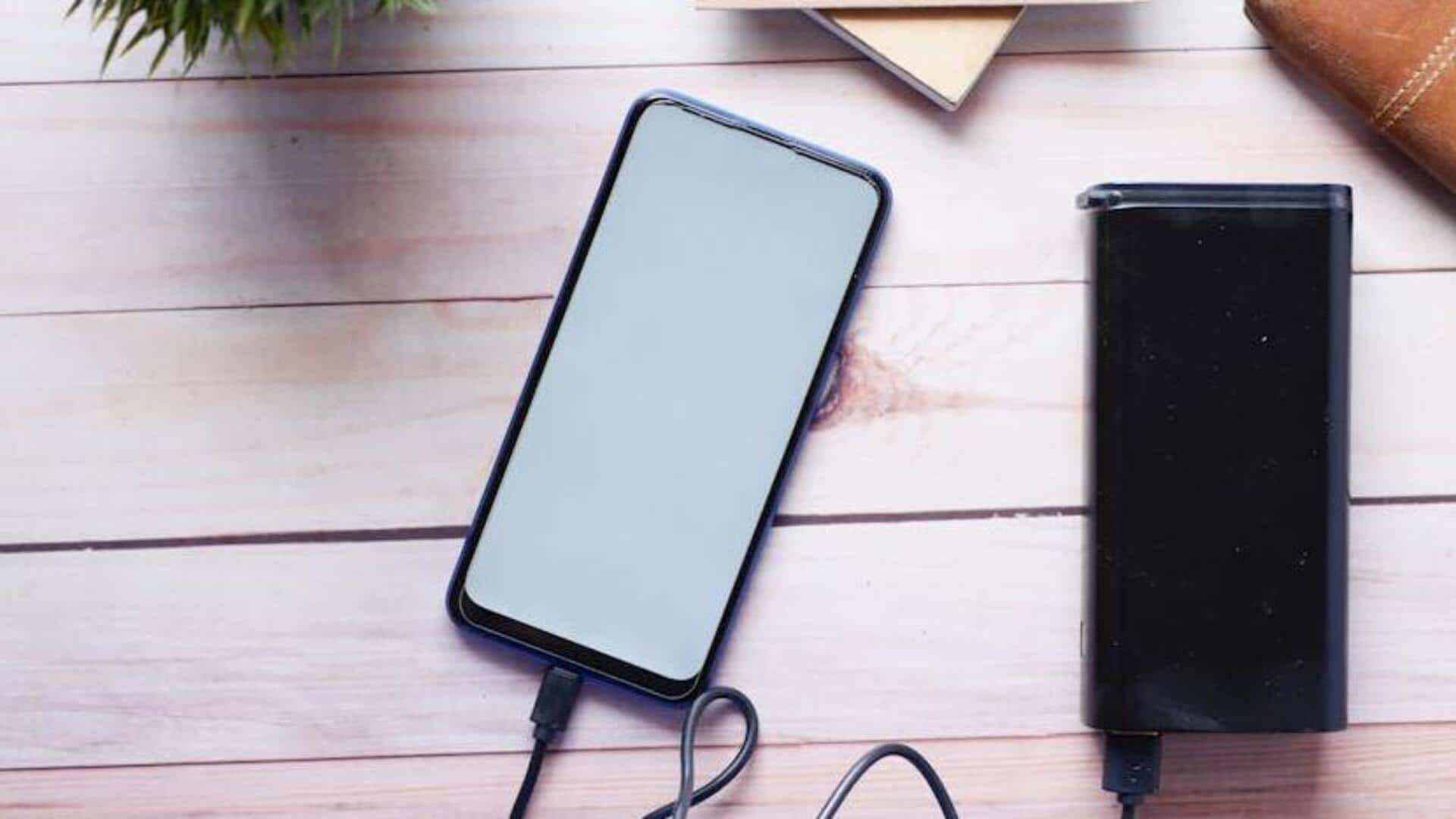
How to save battery on Android devices
What's the story
Android devices come with a plethora of settings that can be tweaked to save energy and prolong battery life. By making a few smart adjustments, you can cut down power consumption by a significant margin without losing out on core capabilities. In this article, we will show you how to tweak Android settings for better energy efficiency and get the most out of your device all day.
Display settings
Adjust screen brightness and timeout
Reducing screen brightness is one of the simplest ways to save energy on an Android device. Users can manually adjust brightness levels or enable adaptive brightness, which automatically adjusts based on ambient light conditions. Also, setting a shorter screen timeout duration ensures that the display turns off quickly when not in use, further conserving battery life.
App management
Manage background app activity
Background apps can also affect battery life by eating away resources even when they aren't being actively used. Users should review app permissions and restrict background activity for non-essential apps. This can be done via the device's settings menu under "Battery" or "Apps." Turning off auto-sync for apps that don't need real-time updates also helps in lowering unnecessary power consumption.
Power saving features
Enable battery saver mode
Most Android devices have a built-in battery saver mode, which is used to extend battery life at the most critical times. When activated, it restricts background data usage, lowers performance levels, and reduces visual effects. Users can activate this mode manually or pre-configure it to turn on automatically at a certain battery percentage level.
Network adjustments
Optimize connectivity settings
Connectivity features like Wi-Fi, Bluetooth, and GPS consume a lot of power when kept active unnecessarily. You should turn off these features when not in use. Use location services only while using specific apps requiring them. Switch to airplane mode in areas with poor reception too as that prevents the device from constantly searching for signals.
System updates
Update software regularly
Keeping the Android operating system up-to-date ensures that you get the latest energy-saving optimizations from developers. Software updates often come with bug fixes and enhancements, contributing to better overall performance and efficiency of the device. Regularly checking for updates via system settings helps keep things running optimally, saving energy efficiently.